|
We’re two of eleven people, crammed in the back row of a 1990’s grey minivan cruising down the Pan-American Highway. Sitting sideways and grasping onto the seat in front of us as the van slams over potholes, we watch the sandy desert roll by. With the blue ocean on the horizon, we get further from the Ecuador-Peru border and closer to the small beach town of Mancora. Wiggling our toes to encourage blood flow in our squished legs, we glance at each other, a silent acknowledgement that after more than six months of travel, we still enjoy these uncomfortable moments. And how can we not? We’re out of the Andes (meaning the van is moving faster than 35mph and in a straight line), the sun is shining, we’re in a new country and we’re beach bound. Life is good. MancoraLocated in the Piura Region of northwest Peru, Mancora might be the country’s most idyllic seaside surf town. With less than 10,000 residents, the small town hugs the Pacific ocean and its main street just so happens to also be the Pan-American Highway. It also has tons of great restaurants and bars, where tourists from all over South America drink Pisco Sours like water. It’s sunny and warm and, as with all great surf towns, instantly feels like vacation. We’ve sought out a small, inexpensive resort a few minutes from the ocean with private thatched-roof bungalows. Reminiscent of our days in Thailand, we read, sleep late and relish the relaxation after our challenging visit to Ecuador. In the afternoon, we head to the beach, sit in the sand and watch surfers catch one wave after another. The water is grey and the ocean breeze makes it hard to want to dive in. But, as this is our first reunion with the Pacific Ocean (a slice of home for both of us) in months, we decide it’s necessary to take the plunge. TrujilloLike any great vacation, the few days in Mancora fly by and before we know it, we’re listening to our fourth podcast on another 12 hour bus ride to Trujillo. Peru’s second largest city (but still only a fraction of the size of Lima), Trujillo lies at the meeting point of the Moche River and the Pacific Ocean. Prior to the Inca conquest, the area was home to prehistoric Moche and Chimu cultures, resulting in ruins of ancient cities scattered throughout the metropolis. And as with many South American cities, the historic center includes large plazas, charming colonial architecture and colorful buildings. Outside the center, urban sprawl gives way to new shopping centers everywhere, and a perplexing number of casinos and pollerias (chicken restaurants) bookend dilapidated buildings. We’ve signed up for a tour of some nearby ruins that benefits a local dog shelter and children’s education program. Our “guide” William, picks us up in a taxi and we head to the first site, Chan Chan. This UNESCO World Heritage Site is considered the largest adobe city in the ancient world. It’s impressive - a sprawling ancient city that includes rooms for sleeping, food storage, bathing and burials. It's made of adobe with rounded edges, clearly different than the Incan architecture that came 570 years later. As we wander in near silence, William checks his cell phone and mutters information like “this is where the food was,” and we come to the realization that he’s quite possibly the worst tour guide in the history of time. We drive to the small coastal town of Huanchacho for a local lunch. The menu del dia includes Papa a la Huancaina, sliced boiled potatoes covered in a cheesy turmeric and peanut sauce (eaten by Ryan only), a small fish filet (no idea what type of fish), white rice and a glass of chicha morada (a sweet juice made of purple corn). The lunch is okay, but nothing beats the cremolada which we enjoy shortly after. Since discovering this refreshing dessert in Mancora, we’ve done whatever we can to consume at least a cup a day. It’s simple enough - a shaved ice-like dessert with real fruit - but the shreds of coconut, passion fruit and strawberry seeds found throughout the icy mixture bring it to an entirely new level. We each choose a flavor and then go halfsies, sitting on a bench watching traditional Peruvian fishing boats bob in the sea. Not surprisingly, the oceanside cremolada is the highlight of the day. William’s tour guide skills go from bad to worse, and when we visit three more historical sites he becomes irritated by our questions. The ruins are impressive, but with very little background, we find ourselves more interested in the hairless Peruvian dogs that we see wandering around. They look strangely like hyenas and some have fluffy mohawks, which are equally interesting and amusing. We survive the day and say goodbye to William, heading back to our hotel room with the hope that our money will at least help the dogs from the nearby shelter. LimaOur final Pan-American Highway bus ride includes 10 hours of desert landscape with a terrifying final stretch against a sandy cliff before arriving in Lima around 8pm. Although we’ve read mixed things about Peru’s capital, we’re looking forward to the many conveniences of a modern city. The small rooftop studio we’ve rented is in the Miraflores district, a swanky neighborhood full of modern buildings, trendy coffee shops, organic grocery stores and chain restaurants. Our taxi takes nearly an hour to navigate through the city at rush hour; the modern highways and gridlocked traffic feel foreign after nearly a month since our time in Medellin. We wake up to (Lima’s signature) fog, low clouds and mild temps. Antsy to explore its famous coastline, we throw on our Nikes and run towards the ocean. With art exhibits, tennis courts, skate parks, amazing ocean views and plenty of springtime flowers, El Malecón stretches for six miles and sits on top of Lima’s cliffs. It’s Saturday and everyone is out. A large group of beagle owners are being dragged by their stubborn, Halloween costume clad dogs, while paragliders hurl themselves off the cliff toward the ocean below. We join the many runners on the oceanside path, hoping that we can somehow bounce back into shape for our upcoming trek to Machu Piccu. Post-run, with no money or cell phones to navigate, we take a wrong turn on our way home and quickly get completely lost. Evidently Lima is built on a grid that angles away from the ocean and (turns out) we’re pretty useless without our maps. A good hour of wandering later and we finally go the old fashion route, asking a policeman for directions. She points us home and we get a good laugh. Always an adventure. A couple of days later, we walk from our fancy Miraflores district to Barranco, a hip, eclectic, bohemian neighborhood. After a quick meeting with our new partners from Visit.Org, we explore the graffitied streets, eat a falafel wrap and wind through colorful tunnels and down stone pathways. The long cliffside walk home is beautiful and varied. Seemingly brand new apartment buildings and townhouses front the coast, just few blocks away from casinos and (more) pollerias.
As we pack up for our flight to Cusco (goodbye to buses for a few weeks!), we decide that Lima’s bad rep is undeserved. The city is a bit of everything for everyone and each neighborhood has it's own appeal. Some with all the comforts of the U.S., others which are a bit more colorful and eclectic, and even more with a harder, grittier reality. Yet what they all have in common is a distinctly Peruvian feel. Comments are closed.
|
Cohica TravelA travel design agency. Categories
All
Archives
October 2023
Follow us on Instagram @CohicaTravel
|

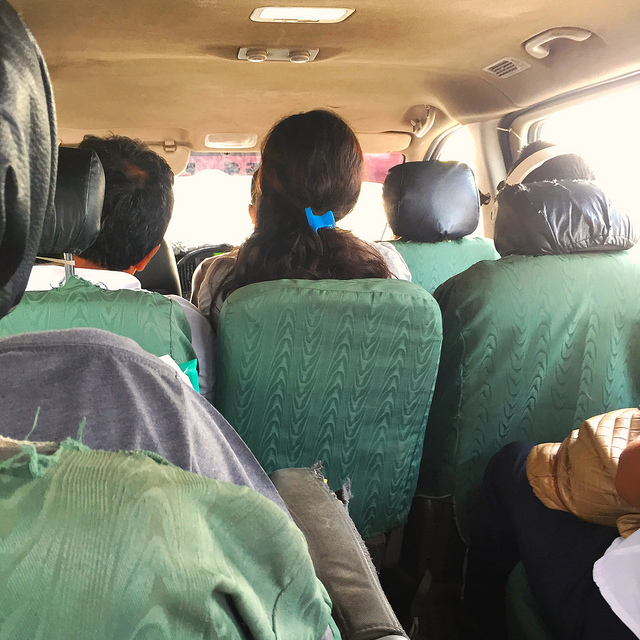
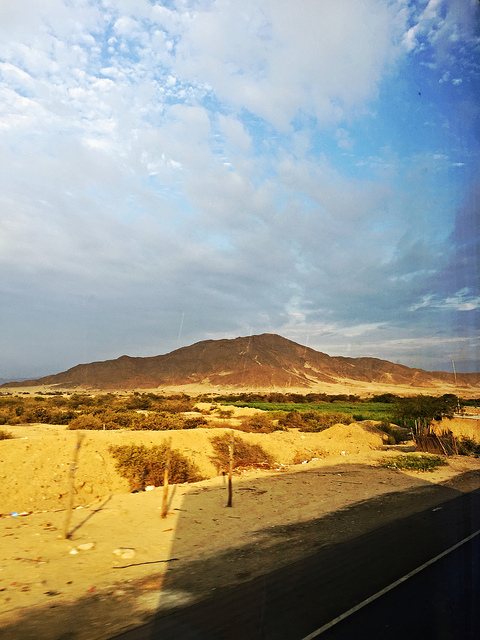
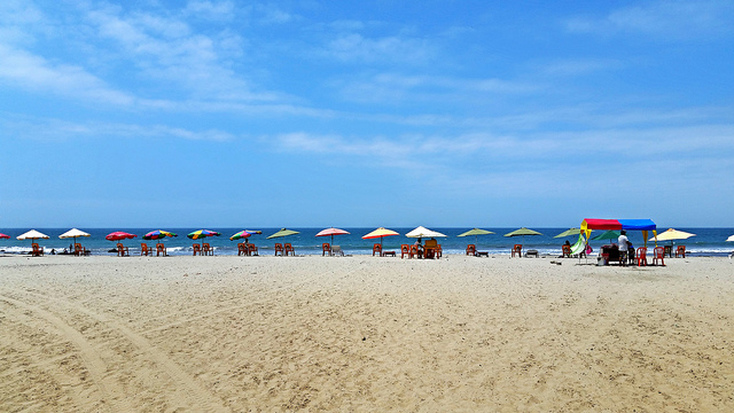
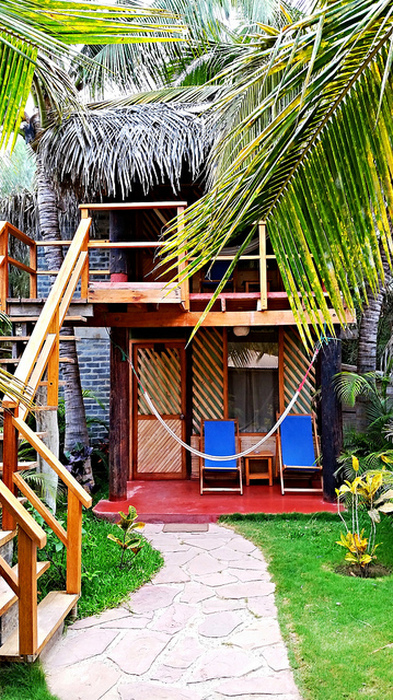
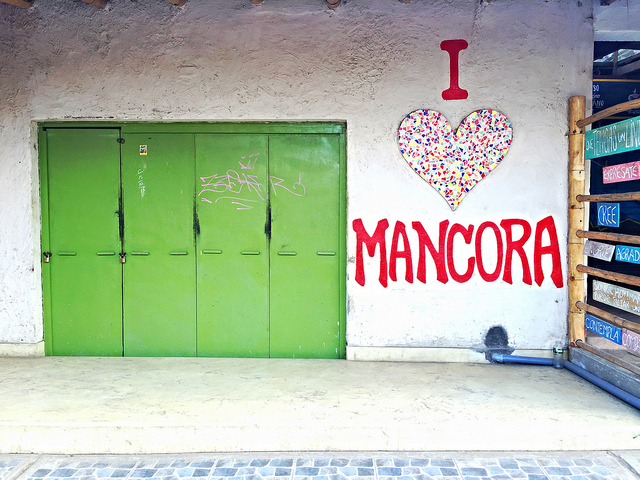
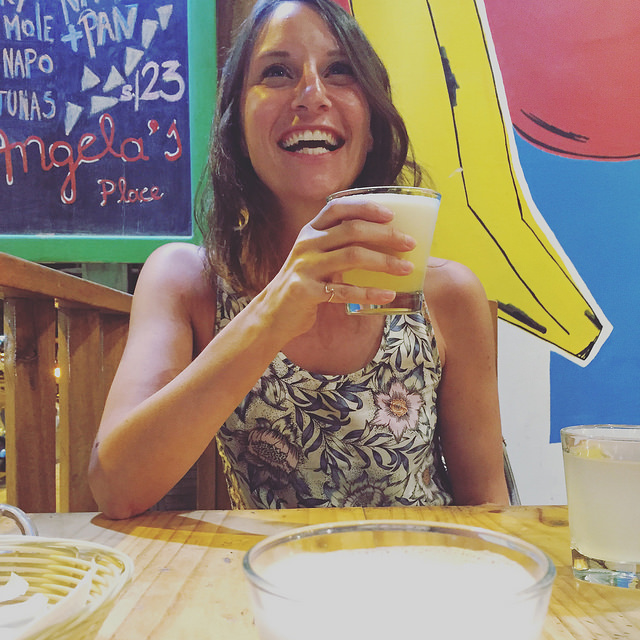
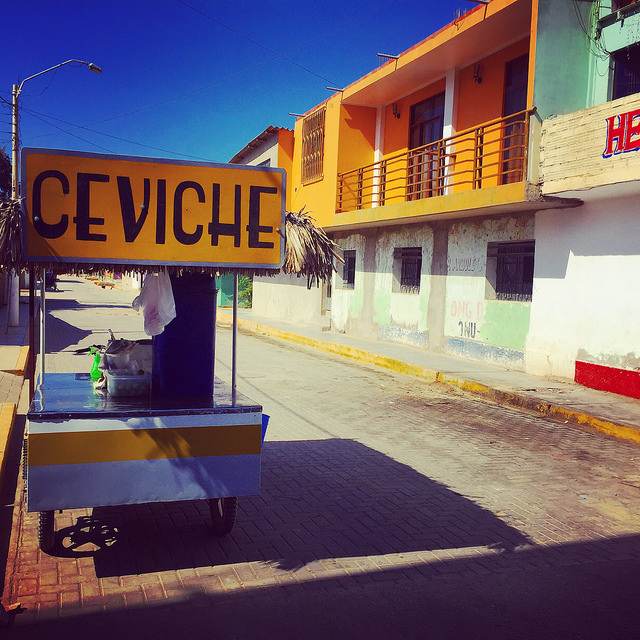
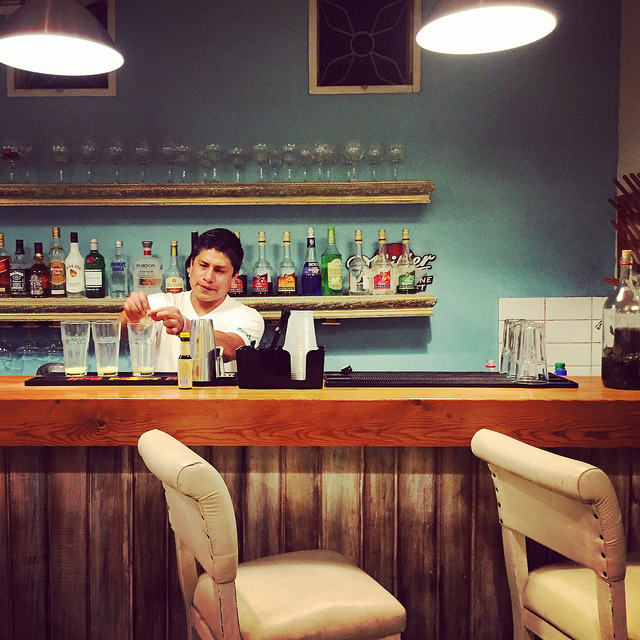
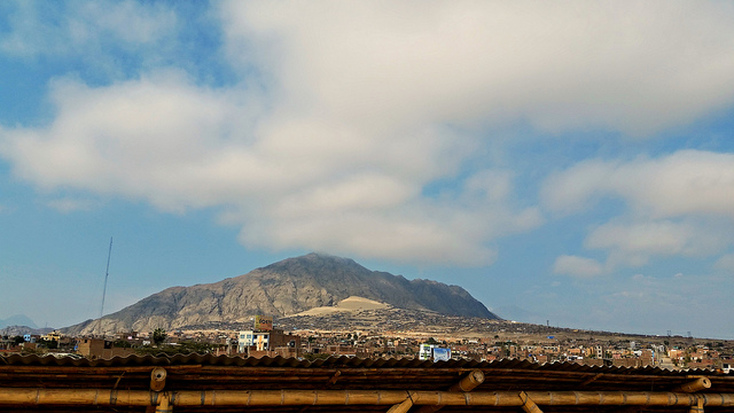
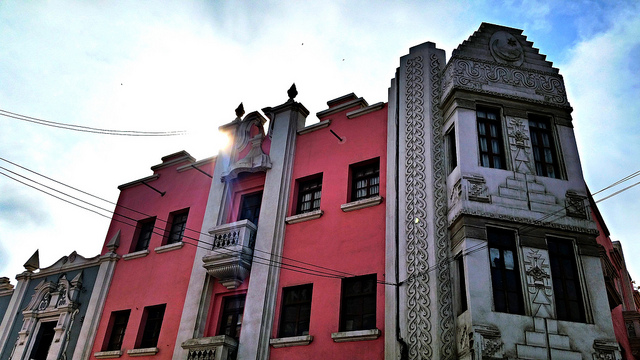
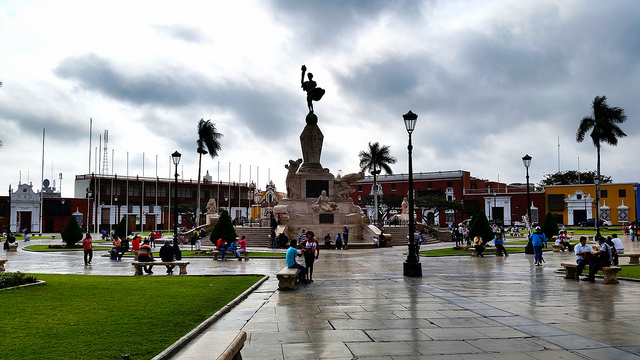
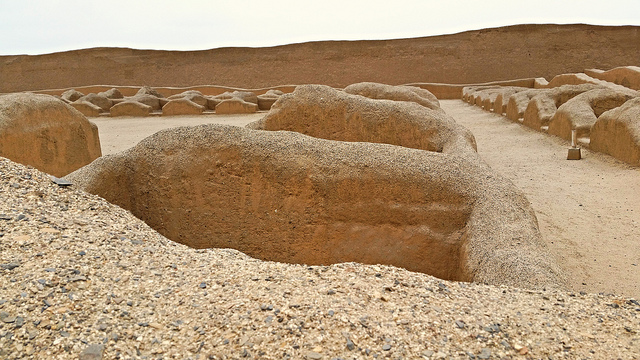
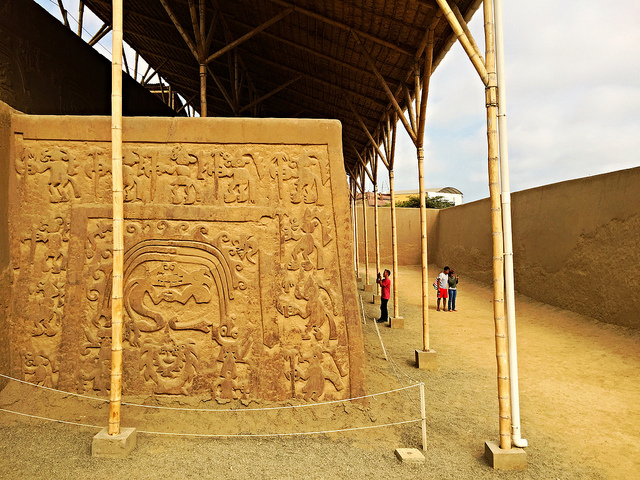
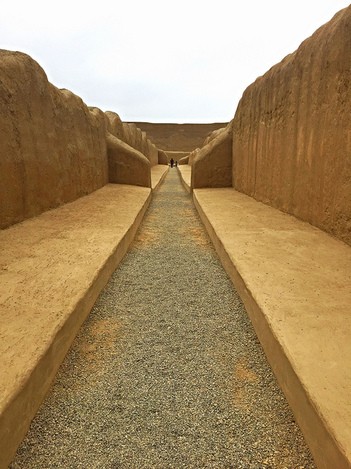
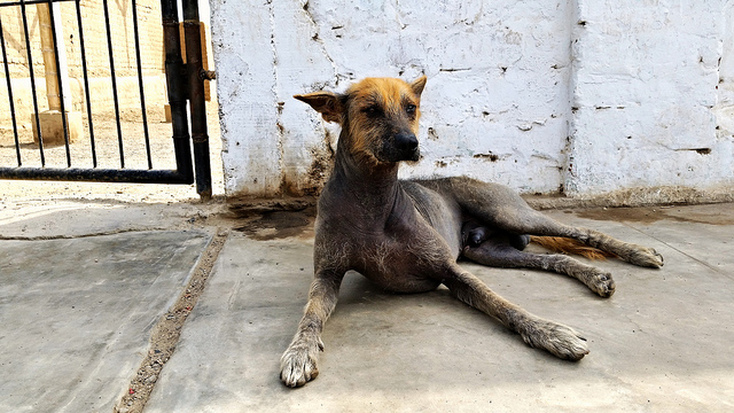
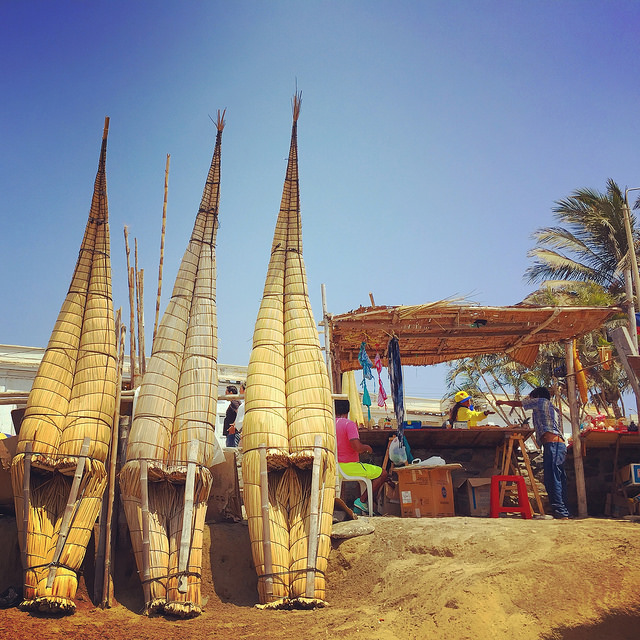
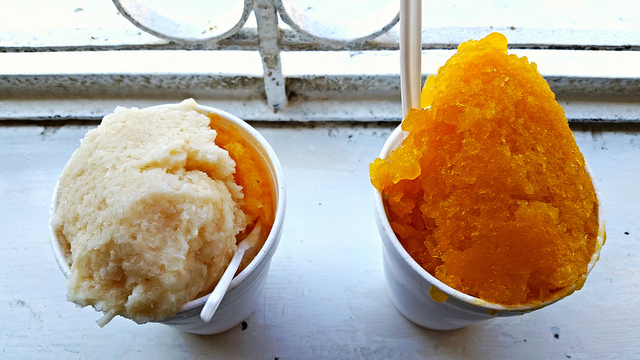
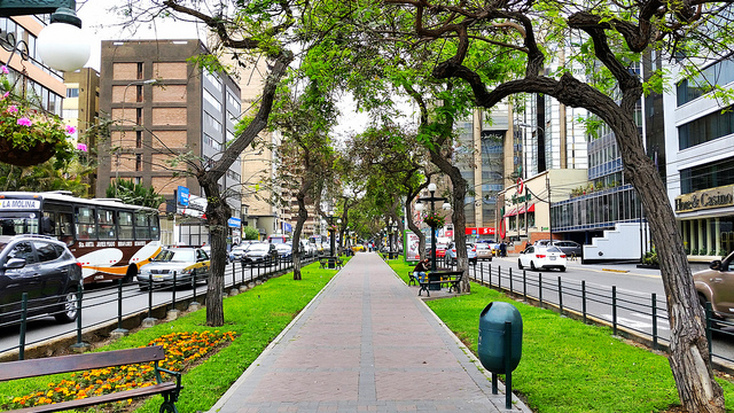
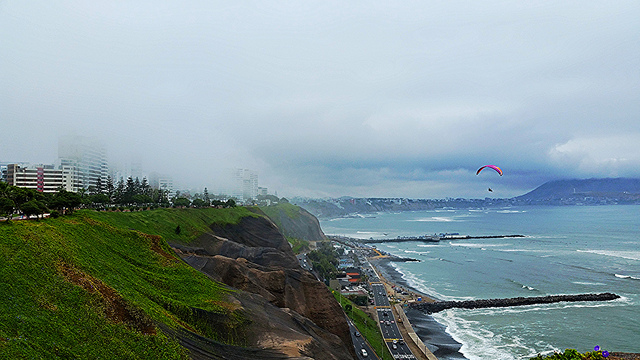
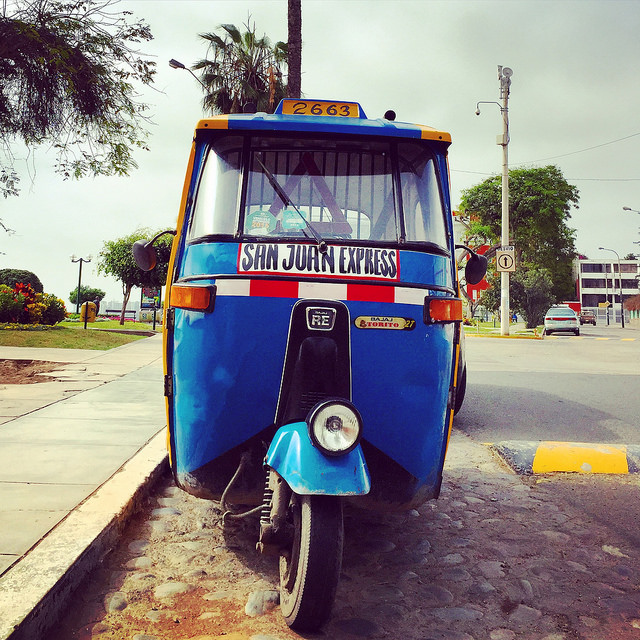
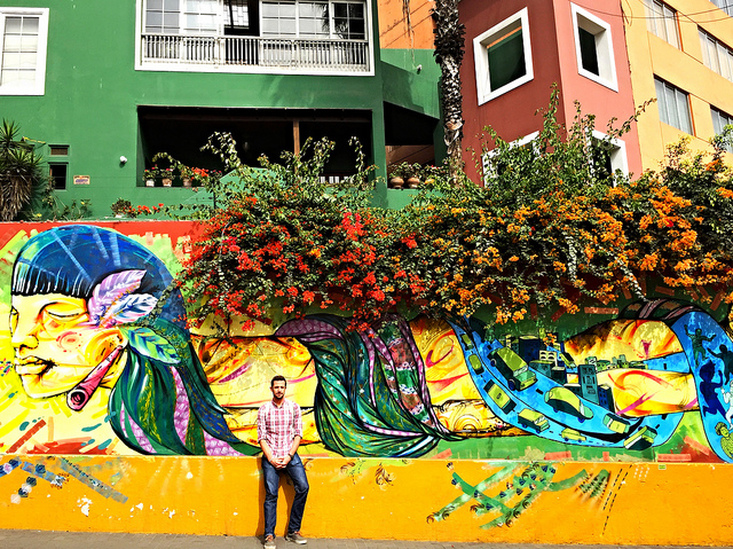
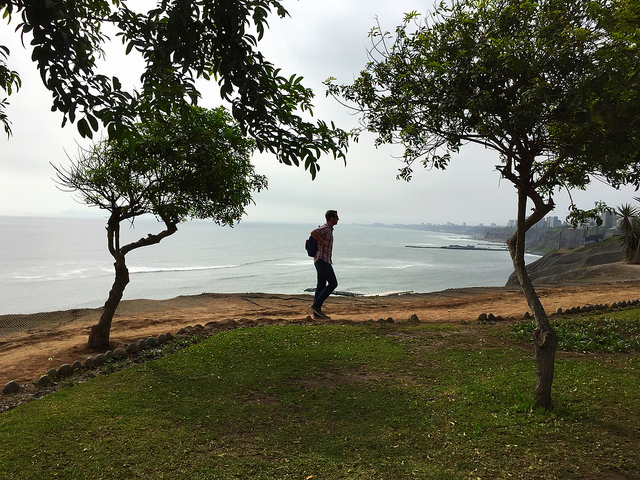
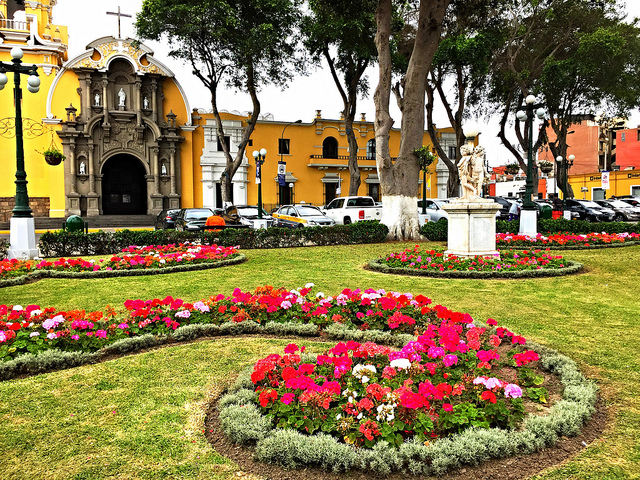
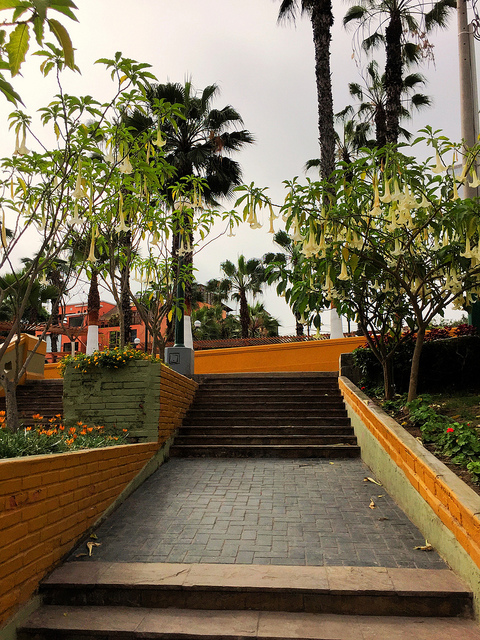
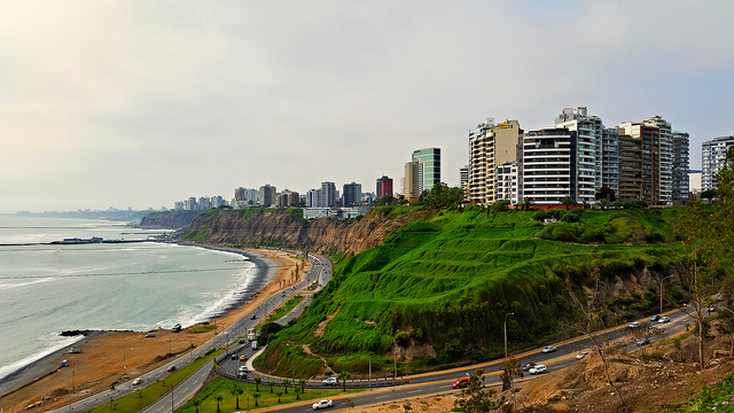
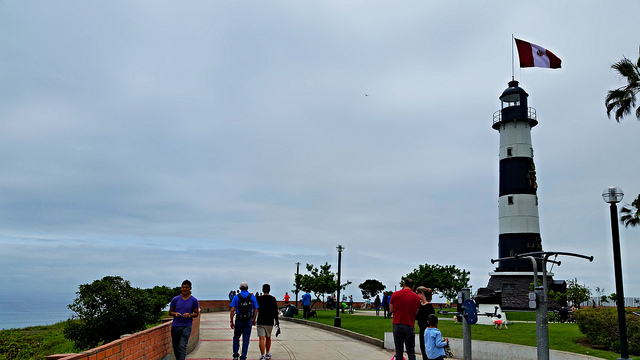
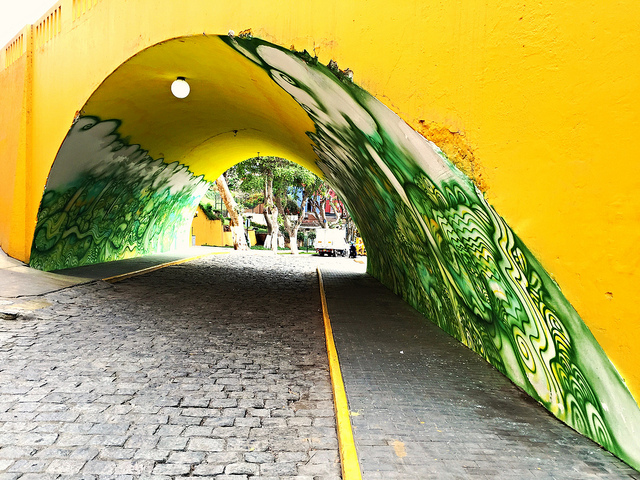
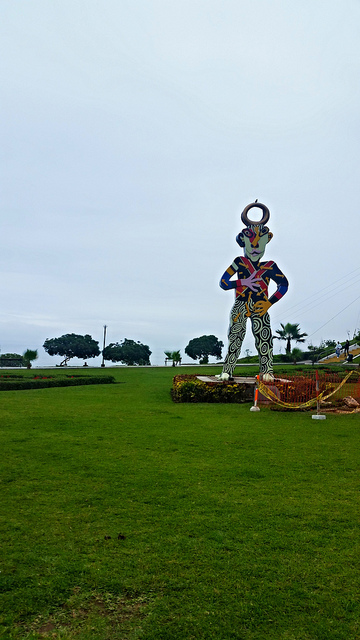
 RSS Feed
RSS Feed
